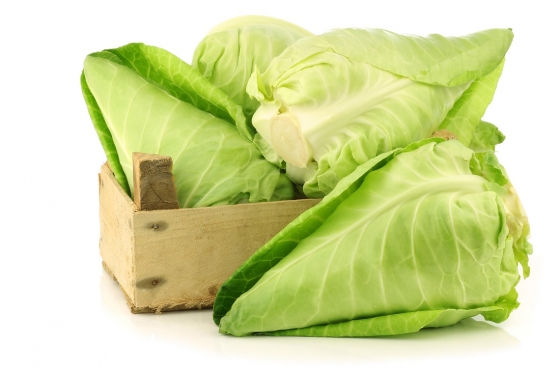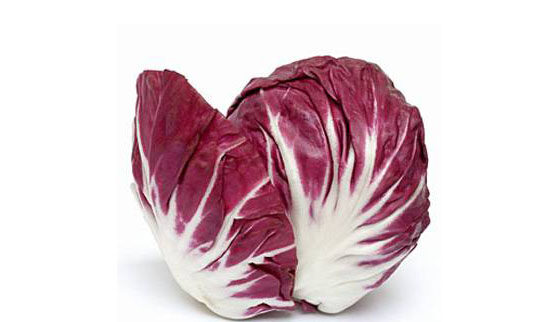
Other vegetables
Vegetable farm located close to the Vitalpol’s headquarters cultivated:
Chinease cabbage
Peking cabbage, as the name suggests, is a species that originated in China. Currently, it is a variety that is very popular all over the world. Its main advantage is the high content of vitamins, incl. vitamin C, vitamin K and vitamin A. In addition, it is rich in fats, proteins, carbohydrates and, above all, dietary fiber, which prevents the development of diabetes, hypertension or constipation. Due to its low calorific value and the content of many minerals (iron, magnesium, phosphorus, zinc, copper, potassium and others), it is often found in dietary dishes. Due to its structure, Chinese cabbage can be prepared in cooked dishes (various kinds of rolls, etc.) and eaten raw in the form of e.g. salads.


Cabbage (kale)
Cabbage (kale) is a variety characterized by a high content of vitamin C and many minerals. It provides the most nutritional value in raw and pickled form. It has many uses in healing. Supports, among others digestive system, regulates the work of the intestines. It has diuretic properties, which significantly supports the excretion of toxins from the body. Due to its low calorific value, it is readily used in slimming diets, it does not cause blood sugar spikes, while giving a feeling of fullness. Cabbage, due to the content of vitamin K, also improves blood clotting. The juice of a given variety is recommended for people struggling with pains caused by stomach ulcers, it is also used in the form of compresses to relieve joint pain, etc.
Red cabbage
Red cabbage is a variety rich in vitamins A, E, C and group B. Moreover, it contains many micro and macro elements, including potassium, calcium, magnesium and phosphorus. It owes its color to the content of antioxidants, which have anti-inflammatory, anti-cancer and protective properties. Similar to white cabbage - red cabbage juice soothes swelling and bruises. It helps in getting rid of excess water from the body and soothes the discomfort associated with stomach ulcers. Red Cabbage is of great importance in Polish cuisine. It works perfectly in the form of salads, but also as sauerkraut, boiled or fried. It goes well with roasted or fried meats, but also as an addition to dark sauces.


Pointed white cabbage
Point White Cabbage is perfect for home cooking, mainly due to its small size, which allows you to prepare a salad for the whole family from one piece of this cabbage. It is also its main application - salads, but it also works well in a stewed form, used in hot dishes. This variety is one of the least caloric vegetables (29 kcal / 100 g), which makes it one of the most popular dietary ingredients. Like all species, conical cabbage is also extremely rich in vitamins, mainly vitamin C, the content of which per 100 g is comparable to that of lemon.
CHICORY RADICCHIO ROSSO/LEONARDO
Radicchio is a lettuce chicory. In terms of structure, it resembles iceberg lettuce, but it has a bitter taste specific to chicory. Rarely served solo, usually used as an addition to salads. Its bitterness goes perfectly with Serrano ham, Parma ham or blue cheese. Under the influence of thermal processing, e.g. grilling, the bitter aftertaste loses its intensity a little. It is a typical winter species, it is during this period that it provides the most values needed for the proper functioning of the body and the immune system.


CHICORY ZUCKERHUT
It is characterized by delicacy and tenderness, which proves the richness of vitamins and minerals. It tastes best when served raw, but also boiled or fried. It supports the functioning of the digestive system, and also has a great effect on the kidneys and liver, causing it to produce more bile. Eating chicory is also recommended for breastfeeding mothers. It also influences the production of red blood cells, and due to the high content of vitamin A, it works well on the skin.
POTATOS
Potatoes are one of the most popular vegetables in our country, research shows that one person eats up to 100 kg of potatoes in a year. Potatoes are fat-free and rich in micronutrients, especially potassium, magnesium, iron, calcium and phosphorus. In addition, they are a source of vitamins A, B1, B2, B3, B6, C, E, K and PP. There is also dietary fiber in potatoes.


